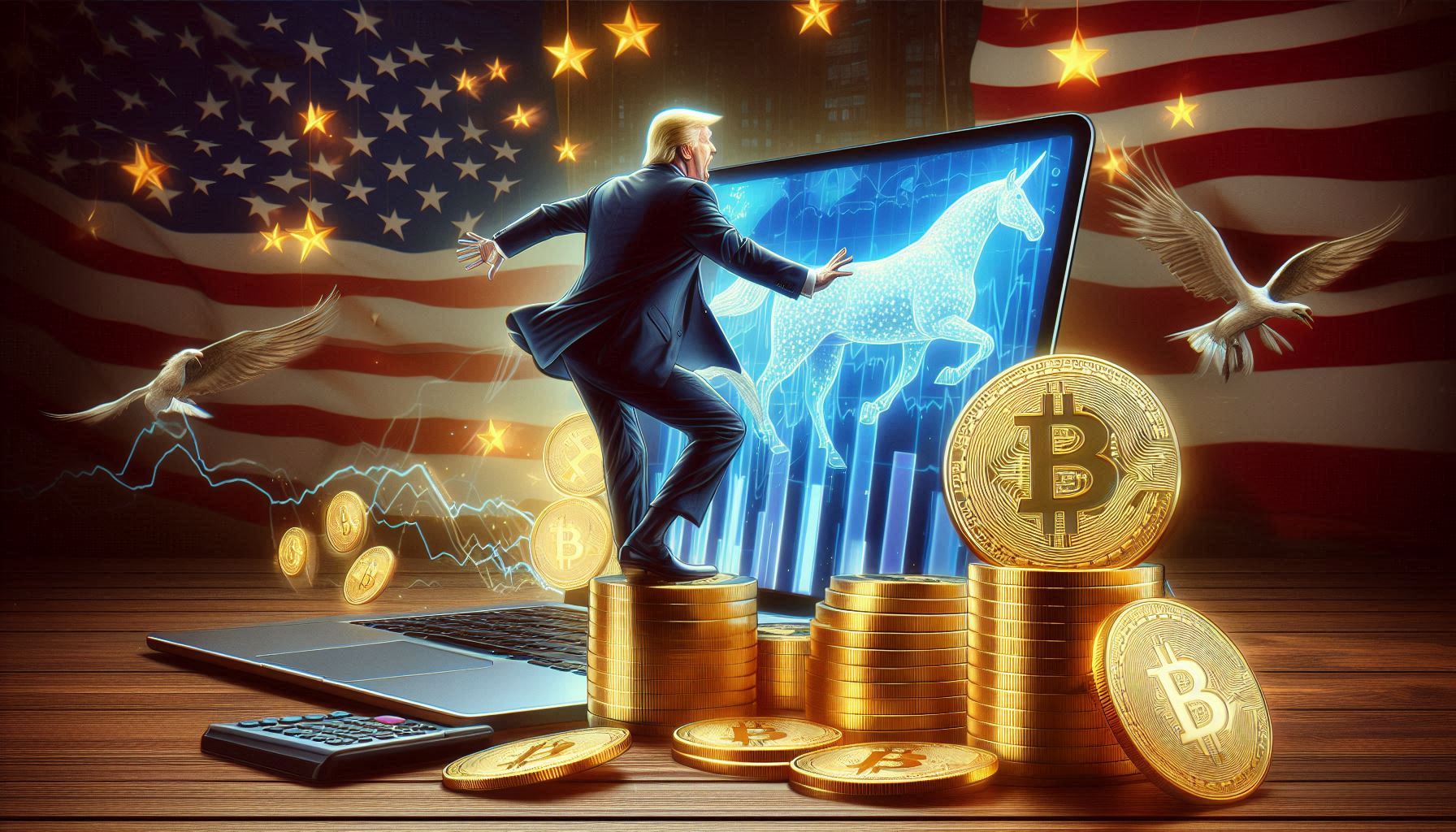Bitcoin is under pressure again as new economic headwinds are hitting the global stage. According to on-chain options market Derive.xyz, the probability of Bitcoin hitting $75,000 by March 28 is now 22%, up from 10% a week ago. This increase in downside bets comes after Trump’s tariffs on Canada, Mexico, and China. The sudden change in sentiment shows how macro can move the digital asset market. In 4 days, Bitcoin lost 11% and went below $93,700 as inflation and higher interest rates weighed on the bearish side.
What’s Behind the Bearish Shift?
This dip in Bitcoin’s price happened as the US government imposed new tariffs:
– 25% tariffs on imports from Mexico and Canada
– 10% on Chinese goods
These protectionist measures are supposed to help domestic manufacturing but many believe it may have the opposite economic effect. Analysts say the tariffs will add inflationary pressure to the global economy, making it harder for central banks—the US Fed included—to lower interest rates.
“The recent tariffs imposed by Trump are likely to lead to increased inflation, which could dampen investor sentiment in crypto markets,” Derive said in an email to CoinDesk.
The Market Reaction: Bitcoin and Ethereum Fall
Bitcoin isn’t the only asset affected. The pullback was broad in the crypto market as well, with Ethereum (ETH) going below $2,200, its lowest since August 2024. Bitcoin price, now hovering at $95,180, is looking to complete a double top reversal pattern, a technical setup that means further down.

The former CEO of BitMEX and current CIO at Maelstrom, Arthur Hayes, allegedly said recently that Bitcoin could go to $75,000 before setting up for the next leg up. His comments come as Derive’s options data shows institutional traders are getting more bearish.
The Bigger Picture: Is This Just a Short-term Blip?
Against this short-term bearishness, some say they are still bullish. Derive pointed out that there is growing interest in crypto spot ETFs, with several big asset managers—Bitwise and Grayscale among them—filing for products tied to Altcoins like DOGE, SOL, XRP, and LTC.
“If the SEC approves these ETFs, it will signal greater legitimacy for the digital asset industry and trigger more capital inflows, potentially driving prices upward,” Derive said.
Still at the state level in the US, many have talked about setting up strategic Bitcoin reserves to integrate crypto into the system fully.
The Federal Reserve’s Role: Will QE Save the Day?
While the price of Bitcoin is looking shaky, some say the Federal Reserve will step in to stabilize the markets if things get worse. Andre Dragosch, Head of Europe at Bitwise, thinks the Fed will do quantitative easing (QE) again to weaken the dollar and offset the tightening of financial conditions.
“At some point, the Fed will need to reignite QE to curb the dollar from rising further and to stop a continued tightening in financial conditions and deceleration in global growth,” Dragosch said via X.

So, following historical case studies, his comments suggest while strong headwinds may still hit Bitcoin in the short term, the macro will be more friendly for risk assets eventually.
Conclusion: A Critical Moment for Bitcoin
Right now, Bitcoin is mixed: on one hand, tariffs and inflation fear have driven bearishness to extremes. Technically and sentiment-wise, there is a case for $75,000. On the other hand, structural developments like crypto ETFs and state-level Bitcoin reserves are long-term support.
Investors should keep a keen eye on waiting for the next big move in Bitcoin based on macro, Fed, and regulatory.
Stay updated with Deythere as we’re available around the clock, providing you with updated information about the state of the crypto world.
FAQs
1. Why will the price of Bitcoin go to $75,000?
Bitcoin Now Has Twice the Chance of Dropping to $75,000 As US Worries About New Trade Tariffs Inflation fears will knock back investor appetite for risk assets.
2. How do Trump’s Tariffs Affect Bitcoin?
Trump’s new tariffs on imports from Canada, Mexico, and China will raise inflation, making it harder for the Fed to cut rates. Generally, higher rates make investors less hungry for speculative assets like Bitcoin.
3. Can Bitcoin bounce back?
Yes, though bearish, institutional interest, SEC approving crypto ETFs, and state-level Bitcoin reserves can help price recovery in the future.
4. What’s the Federal Reserve’s role?
If things get worse, the Fed will do QE again. This will weaken the dollar and make Bitcoin a more attractive store of value.
References;
- Godbole, O. (2025, February 3). Chance of Bitcoin Tanking to $75K Doubles as Trump’s Tariffs Ignite Trade War, Derive’s Onchain Options Market Shows. CoinDesk.
- The Trump Trade War Begins. (2025, February 3). Financial Times.
- Trump’s Tariffs Could Wreck World Trade as Badly as COVID Did. (2025, February 3). The Times.
- Fed’s Response to Trade War and Inflation. (2025, February 4). Reuters.



















































































































